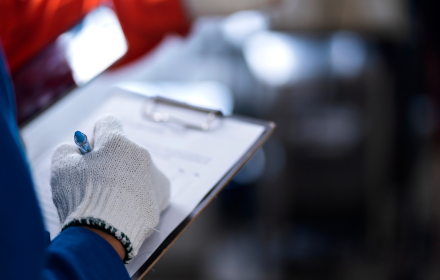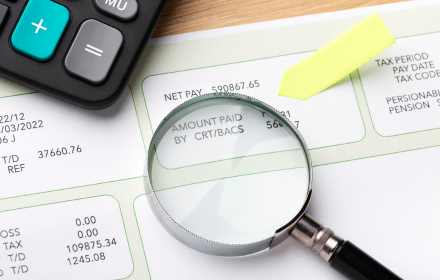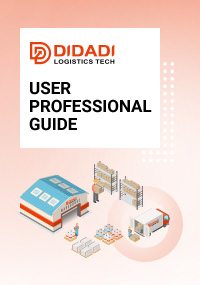How to Ensure Product Quality When Importing from China

Importing from China opens huge opportunities for global entrepreneurs — competitive prices, flexible customization, and fast production cycles. But alongside these advantages lies one critical challenge: how to ensure product quality consistently meets your market’s standards.
From Amazon sellers in the U.S. to boutique brands in Europe, every importer faces the same question: how to balance cost efficiency with quality control. Misunderstandings, lack of oversight, or inconsistent packaging can quickly turn a promising product into a logistics nightmare.
The good news? Quality assurance doesn’t depend solely on the factory. It’s a system — built from clear communication, structured processes, and reliable logistics partners who protect your shipment from the moment it leaves the factory until it reaches your warehouse.
In international trade, verbal agreements are risky. What “high quality” means to a supplier in Shenzhen might not match what you expect in Los Angeles or Berlin.
That’s why your first step must be to translate expectations into precise documentation. Every detail should be measurable and testable.
Include:
Technical specifications (materials, sizes, weights, finishes)
Packaging design and dimensions
Labeling requirements (FNSKU, barcodes, warning labels, etc.)
Functional standards (durability, performance, fit, tolerance)
Compliance certifications for your market (CE, RoHS, FDA, etc.)
The clearer your product data sheet, the less room there is for miscommunication.
Most importers start their journey on platforms like Alibaba, Global Sources, or Made-in-China. While these sites connect you to thousands of suppliers, choosing the right one requires discipline.
Go beyond price comparison. A supplier offering the lowest quote might cut corners with materials or outsource to an unknown subcontractor.
Look instead for suppliers who demonstrate:
Transparent business licenses and factory locations
Consistent communication in English
Previous export experience to your destination market
Samples that match product photos and specs
A stable production schedule
A good supplier relationship isn’t about finding “the cheapest.” It’s about finding the most dependable. Reliable partners don’t disappear after your first payment — they help you scale safely.
Before signing a bulk order, order pre-production samples and compare them directly with your specification sheet. This is your single best filter for quality consistency.
The “golden sample” you approve becomes your official reference — the version that every mass-produced unit must replicate.
If something feels off — texture, weight, packaging layout — address it immediately. The cost of one extra sample shipment is nothing compared to the loss of receiving a full container of products that don’t meet your expectations.
Even the best factories make mistakes. To minimize risk, introduce multi-stage inspection:
Pre-production inspection — verify materials, molds, or components before assembly begins.
During-production inspection — check product consistency while 20–30% is completed.
Final pre-shipment inspection — test a random batch before goods are packed and shipped.
Most importers use independent third-party inspection agencies in China. Their reports include photos, measurement data, and defect summaries. These are critical when you’re thousands of miles away.
Once inspection is done, the next phase begins — protecting that quality until the product reaches your warehouse.
Quality doesn’t end when production is finished. Packaging, labeling, and logistics handling can make or break your shipment.
Goods can leave a factory in perfect condition but arrive damaged, dented, or non-compliant due to weak packing or careless consolidation. That’s why many importers work with a professional 3PL partner in China to handle this critical stage.
A trusted logistics provider helps ensure that:
Each carton is packed, sealed, and labeled correctly.
Goods from different suppliers are consolidated efficiently.
Shipments are stored safely before export.
Packaging complies with Amazon FBA or marketplace requirements.
Shipping routes minimize delays and customs issues.
When this stage is done professionally, you eliminate one of the biggest sources of quality complaints — in-transit damage or labeling mistakes.
Every importing market has its own rules. A product that passes inspection in China can still be rejected at customs if it fails to meet your local regulations.
Always verify what standards apply to your product type — for instance:
Electronics → CE, FCC, or RoHS
Food contact products → FDA or LFGB
Textiles → labeling and fiber composition rules
Toys → EN71 or ASTM certification
Make sure documentation such as test reports, product declarations, and invoices match your shipment details. Proper compliance not only ensures smooth customs clearance — it also protects your brand’s credibility.
In China, trust builds over time. When a supplier understands your standards, their consistency improves naturally. A one-time order encourages shortcuts; repeat collaboration encourages discipline.
Communicate proactively after each order. Share your observations on packaging, performance, or market feedback. When both sides see quality as a shared responsibility, the production process becomes smoother, faster, and more reliable.
Once your order is ready, logistics becomes the final gatekeeper of quality. Shipping isn’t just about moving boxes — it’s about preserving the integrity of your product.
Partnering with an experienced logistics company that understands e-commerce fulfillment, export documentation, and Amazon FBA requirements can make a significant difference.
For example, at DIDADI Logistics, our teams coordinate:
Supplier pickup and warehousing in China
Carton consolidation from multiple sources
Careful labeling, documentation, and export preparation
DDP (Delivered Duty Paid) shipping to the U.S. and EU
By managing packaging, timing, and customs with precision, we help importers maintain the same quality level across every shipment — from the first box to the thousandth.
One good batch doesn’t define a strong supply chain — consistency does. Importers who achieve repeatable results treat quality as a system, not an event.
That system includes three key pillars:
Clear communication of expectations
Verification at critical production stages
Reliable handling and logistics after production
With these in place, you can confidently grow your business, expand product lines, and build a global brand your customers trust.
Recommended Reading















